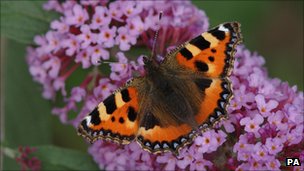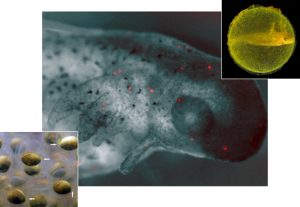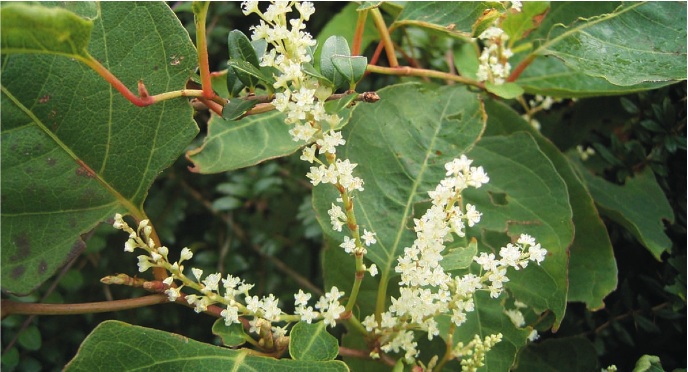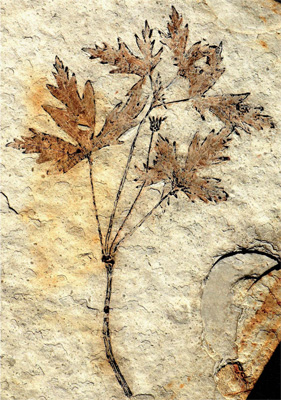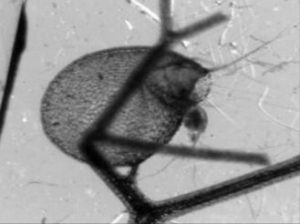UK plants are flowering for a second time this year because of the unseasonably warm weather.
With temperatures soaring, plants such as foxglove and cowslip, which usually flower in the spring, are in full bloom six to eight months early.
Cold nights experienced across the UK in August are thought to have led to the early onset of autumn colours.
This warmer spell now has plants acting like it is spring.
Gardeners at the Kew’s Wakehurst Place gardens in Sussex said they are working from a “new rule book” to keep up.
“It is a very unsual year…I’ve been gardening for 30 years and have never seen anything like this,” said Wakehurst Place’s head Andy Jackson.
“We are increasingly seeing that plants are not synchronised with what the weather is doing,” he added.
In the last year, the UK experienced a severe drought, then lots of rainfall and a cold snap in the summer, all before this warm spell explained Mr Jackson.
From mid-August, gardeners were seeing trees turning yellow and orange; it is unclear what will happen now with temperatures reaching into the thirties (eighties) in parts of the South, East and the Midlands.
The BBC’s meteorologist Liam Dutton explained that the position of the jet stream north of the UK has allowed high pressure to build, bringing in the very warm air from western Europe.
:: Read original here ::
